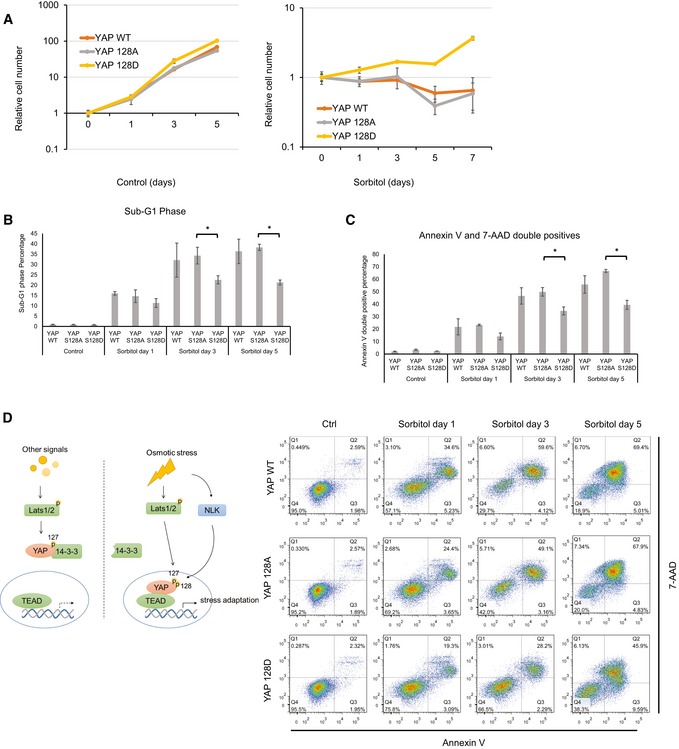Figure 6. YAP Ser128 phosphorylation protects cells from hyperosmotic stress.

- YAP S128D‐reconstituted cells show growth advantage under hyperosmotic conditions. YAP/TAZ dKO HEK293A cells with stable expression of YAP WT, S128A, or S128D were cultured in the absence (left panel) or presence of 0.2 M sorbitol (right panel) for the indicated amount of time. Cell numbers were counted and normalized to day 0. Data are presented as mean ± SEM, n = 3.
- YAP S128D‐reconstituted cells have lower cell death in a hyperosmotic environment. Cell cycle analyses of YAP/TAZ dKO HEK293A cells with stable expression of YAP WT, S128A, or S128D after 0.2 M sorbitol treatment were determined using flow cytometry. Propidium iodine (PI) was used for DNA staining (Fig EV5). Quantification of sub‐G1 phase cells is shown. Data are presented as mean ± SEM. *P < 0.05 (two‐tailed Student's t‐test, n = 3).
- YAP S128D‐reconstituted cells show reduced apoptosis under hyperosmotic conditions. Annexin V analyses of YAP/TAZ dKO HEK293A cells with stable expression of YAP WT, S128A, or S128D after 0.2 M sorbitol treatment were determined using flow cytometry. PE‐Annexin V and 7‐AAD stained for phospholipid phosphatidylserine (PS) and DNA, respectively. Data are presented as mean ± SEM. *P < 0.05 (two‐tailed Student's t‐test, n = 3).
- A proposed model for osmotic stress regulation of YAP via NLK kinase. See Discussion for details.
